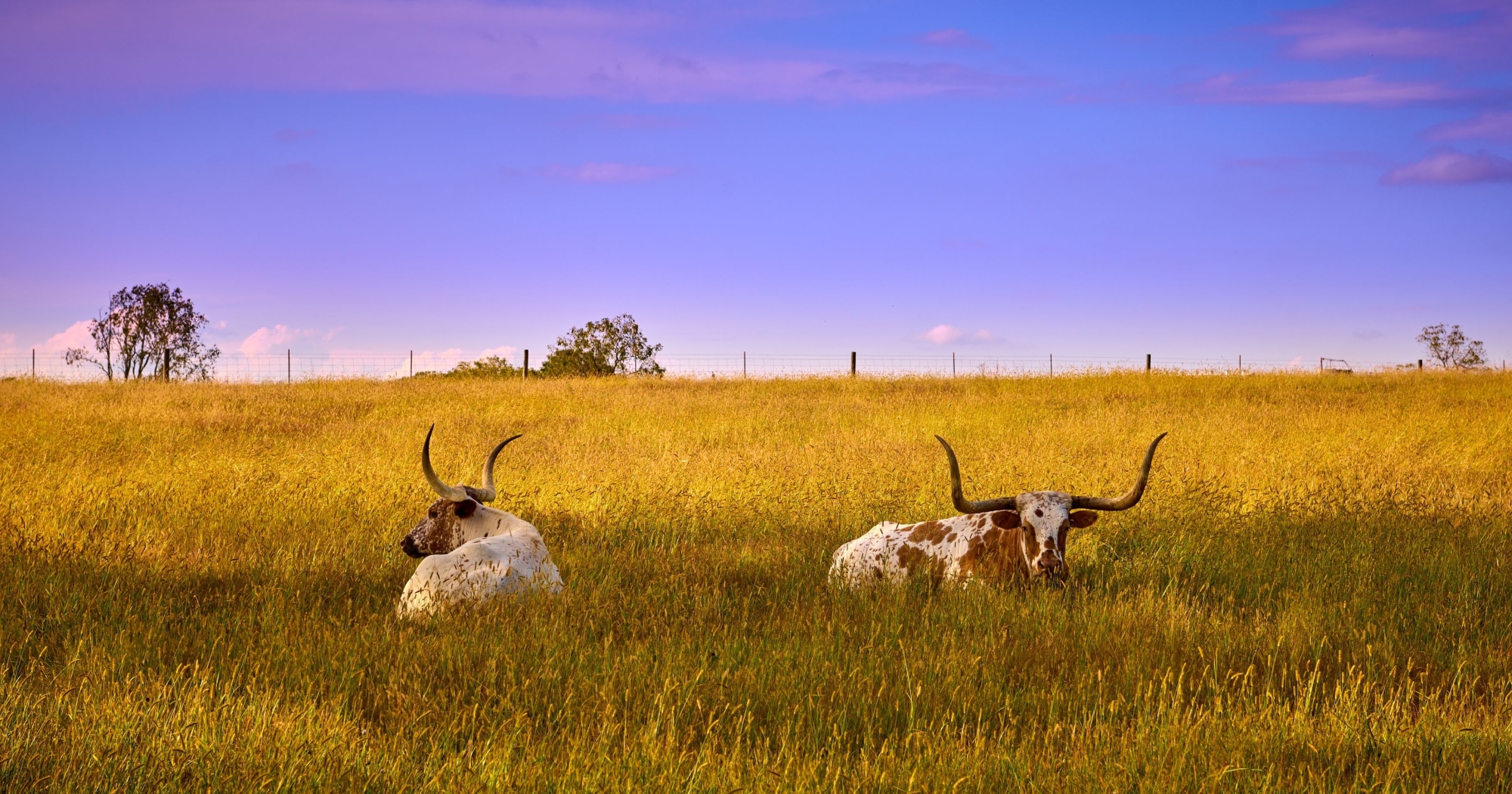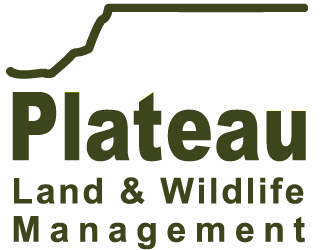Unlocking the Benefits of a Wildlife Management Valuation in Texas

From Tax Burdens to Bird Habitats: The Wild Side of Texas Land Management
For many landowners in Texas, managing their property can feel like a balancing act between financial investment and personal priorities. What if you could save money while actively contributing to conservation efforts? That’s exactly what a wildlife management valuation in Texas offers. This legal tax designation not only benefits Texas landowners financially but also promotes long-term environmental stewardship.
This blog explores the advantages of wildlife management valuation in Texas, including how it works, its benefits over traditional agricultural and timber exemptions, and the steps to qualify and apply. If you’re a Texas landowner or a wildlife enthusiast, keep reading to learn how this designation could transform how you manage your land.
What Is Wildlife Management Valuation?
Wildlife management valuation is a property tax designation that allows Texas landowners to qualify for reduced property taxes by actively managing their land to support wildlife conservation. Instead of meeting the criteria for traditional agricultural exemptions (which often focus on activities like farming or livestock production), this valuation places the emphasis on preserving and enhancing natural habitats.
Under this system, land is assessed based on its use for wildlife conservation rather than its full market value. This creates an incentive for property owners to implement activities that benefit Texas’ rich biodiversity.
How It Differs from Traditional Agricultural Exemptions
Traditional agricultural and timber exemptions require active agricultural use, such as grazing livestock, crop production, or timber harvesting. Property owners must also demonstrate prescribed levels of agricultural production to remain eligible.
Wildlife management valuation in Texas, however, allows landowners to focus on sustainable habitat management—like improving water availability for local species or planting native vegetation—without requiring direct agricultural use. For landowners passionate about conservation or those whose land does not lend itself to conventional agriculture, this option can be a game-changer.
Benefits of Wildlife Management Valuation
Switching from agricultural exemptions to a wildlife management valuation in Texas offers landowners several compelling benefits.
1. Financial Benefits
One of the biggest incentives for pursuing this valuation is its potential for significant property tax reductions. When your land is in agricultural, timber, or wildlife management status, it is appraised on its productivity value, rather than the much higher market value. This can translate into tens of thousands of dollars in annual savings, depending on your property’s size and location.
2. Environmental Benefits
Landowners who engage in habitat preservation and enhancement directly contribute to Texas’ unique ecology. Improved water quality, soil health, and biodiversity are just a few of the environmental perks that come with wildlife management valuation. These practices ensure that native species thrive while combating threats like habitat fragmentation and invasive species.
Beyond individual properties, adopting sustainable land practices can have ripple effects on regional ecosystems, helping conserve Texas’ diverse landscapes for generations.
3. Personal Satisfaction
Many landowners derive deep personal satisfaction from knowing that their efforts actively contribute to conservation. From hearing the call of a rare bird species near your pond to seeing wildflowers bloom, the impact of your wildlife management efforts is tangible. Additionally, taking guided steps to protect Texas wildlife can connect you with a like-minded community of conservationists across the state.
Qualification Requirements
To transition your property to wildlife management valuation in Texas, there are specific requirements to meet. Here’s what you need to know.
Minimum Land Size
Generally, your land must already qualify for an agricultural appraisal to transition into wildlife management valuation. There are no minimum size requirements for wildlife, with some exceptions. If your property is big enough to qualify for agricultural or timber valuation, then it can qualify for wildlife management appraisal.
Required Wildlife Management Activities
Eligible landowners must perform at least three out of seven practices to support their chosen target species of local wildlife. These practices include—
- Habitat Improvement: Restoring or protecting habitat through brush management, planting native flora or removing non-native species.
- Providing Supplemental Food: Supplying feed or planting food crops for wildlife.
- Erosion Control: Targeting erosion issues through repair or prevention..
- Predator Control: Managing non-native and native predators affecting target species of native fauna.
- Census Counts: Conducting surveys to monitor and report wildlife numbers on your property.
- Providing Supplemental Water: Supplying man-made water sources or protecting and enhancing natural springs.
- Providing Shelters: Adding nesting boxes, brush piles, or selective mowing for shelter.
Documentation and Reporting
Texas law allows local appraisal districts to require landowners to document their wildlife management activities and submit annual reports. This ensures the property continues to meet eligibility criteria. The reports must detail what activities were performed and whether they met the criteria for qualification.
How to Apply for Wildlife Management Valuation in Texas
Though the application process might seem daunting, breaking it down step by step can make things easier. Here’s how you can get started.
1. Confirm Eligibility
Ensure your property is currently appraised under an agricultural or timber valuation. Transitioning from agricultural or timber use to wildlife management is typically required.
2. Prepare a Wildlife Management Plan
Draft a detailed wildlife management plan outlining your proposed activities, management objectives, and goals. The plan must align with state-approved guidelines and demonstrate how your activities benefit targeted species. Professional assistance from a wildlife biologist is recommended.
3. Submit the Required Forms
Obtain the application forms from your county’s appraisal district. Alongside these forms, you’ll need to submit your wildlife management plan and any supplemental documentation (like maps or activity outlines).
4. Meet the Deadlines
Missing a deadline can set back your application. All applications are due by April 30th each year.
5. Perform Your Activities
Immediately begin implementing at least three qualifying activities. Be sure to maintain thorough records and photographs of your efforts, as they will be essential if an annual report is requested.
Protect Texas, Reap the Rewards
Transitioning your property to wildlife management valuation isn’t just a smart financial move, it’s also a meaningful way to contribute to Texas’ ecological health. By participating in sustainable practices, you’re actively protecting the state’s remarkable biodiversity while enjoying lower property taxes through the most impactful conservation incentive in Texas.
If you’re a Texas landowner ready to make the change, don’t hesitate to explore this exciting opportunity. Whether you’re passionate about conservation or looking to maximize your tax savings, wildlife management valuation is a win-win.
Act now to determine if your property qualifies! Schedule a free discovery call with our team of experts. Together, we’ll help you develop a plan that works for you and the wildlife that makes Texas home.





Sorry, the comment form is closed at this time.